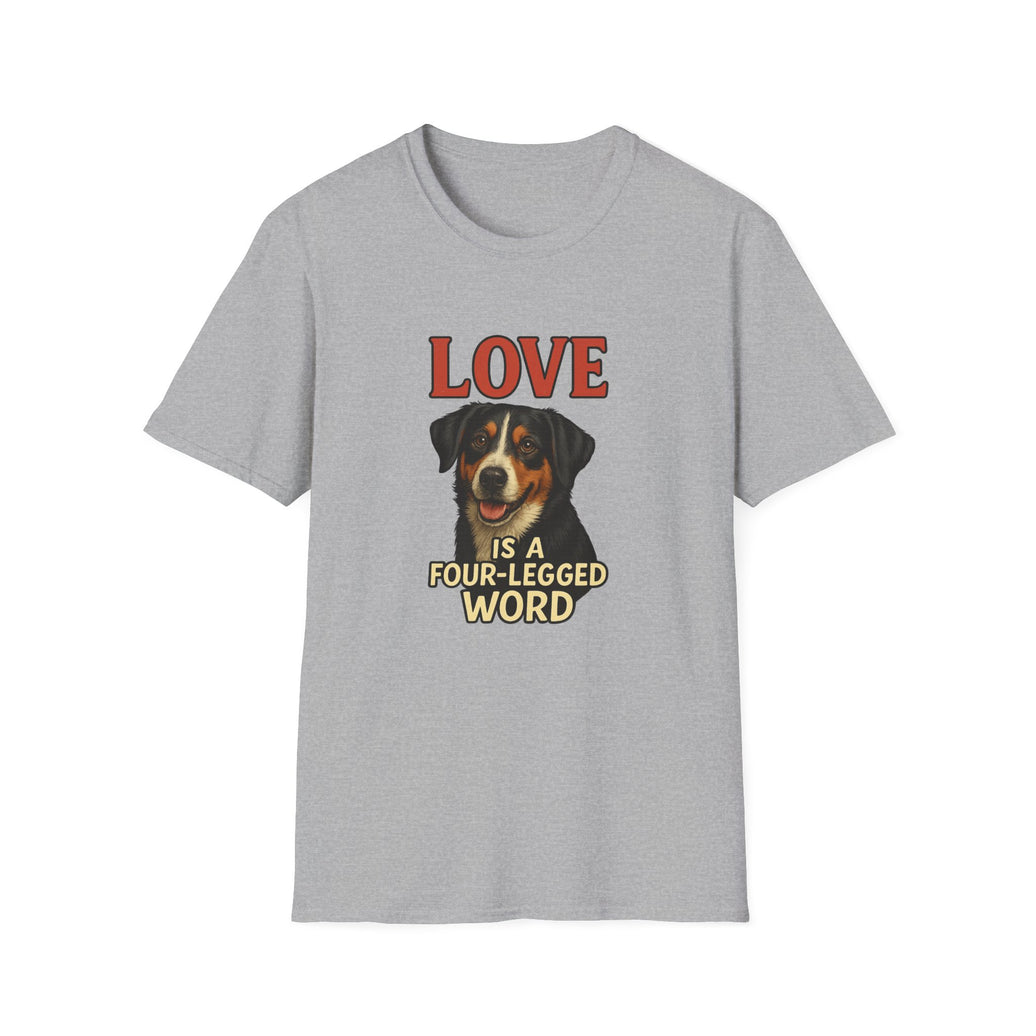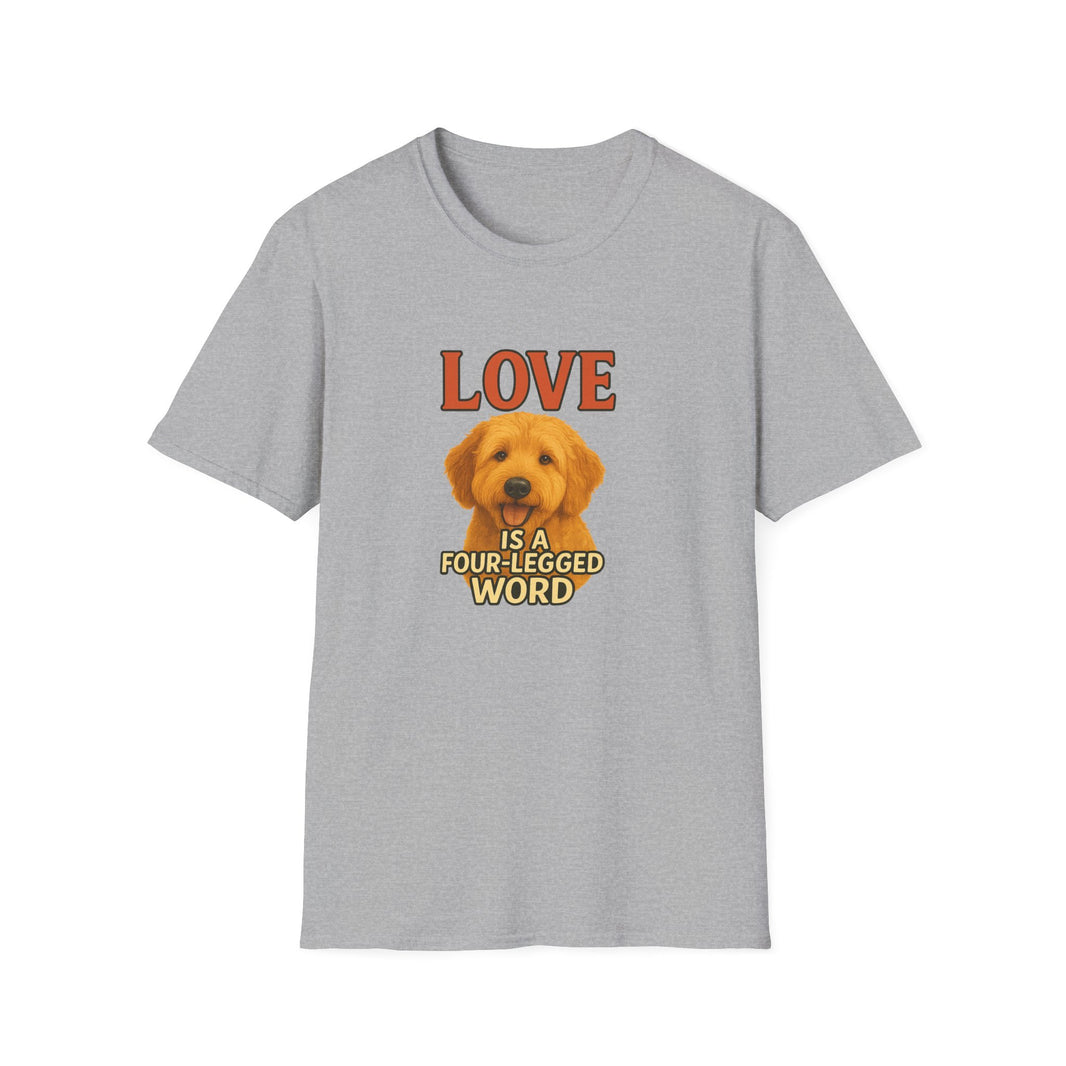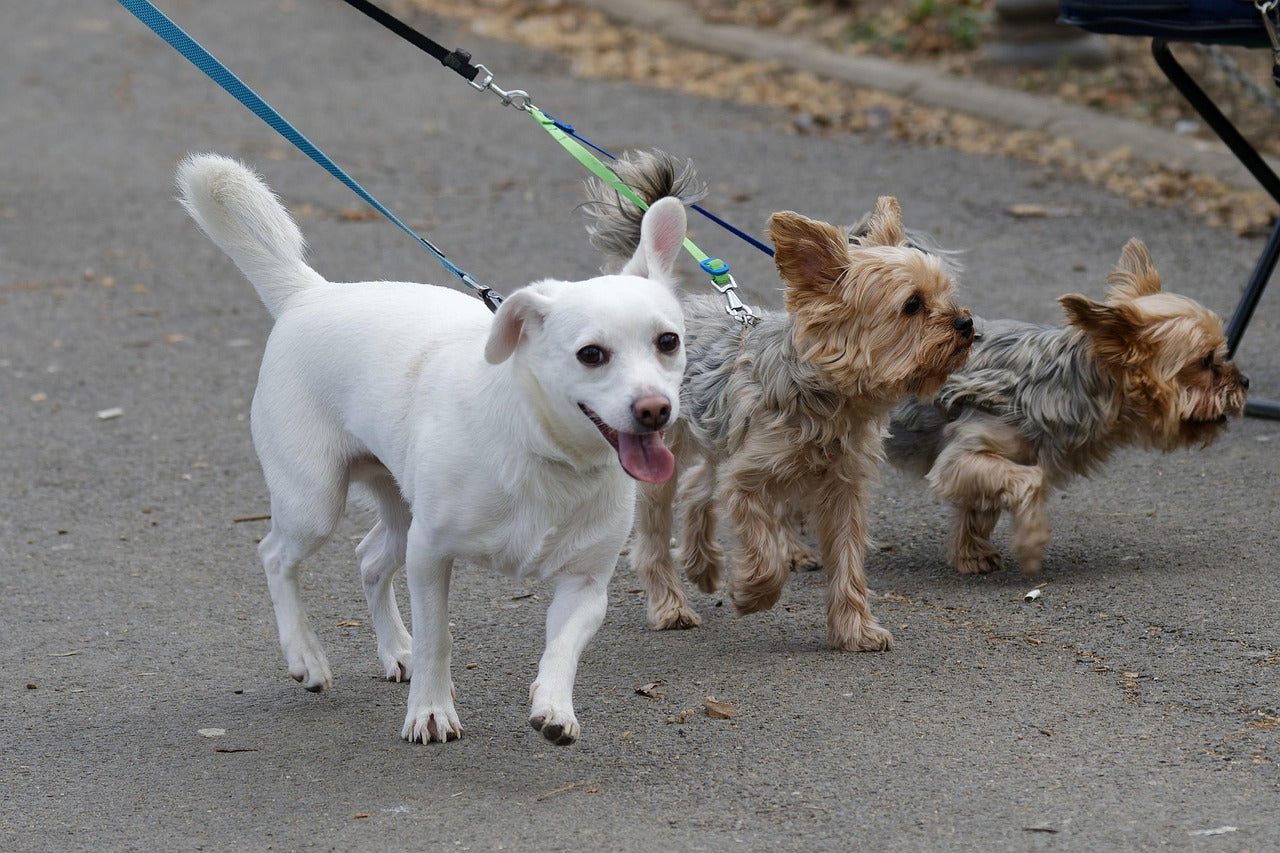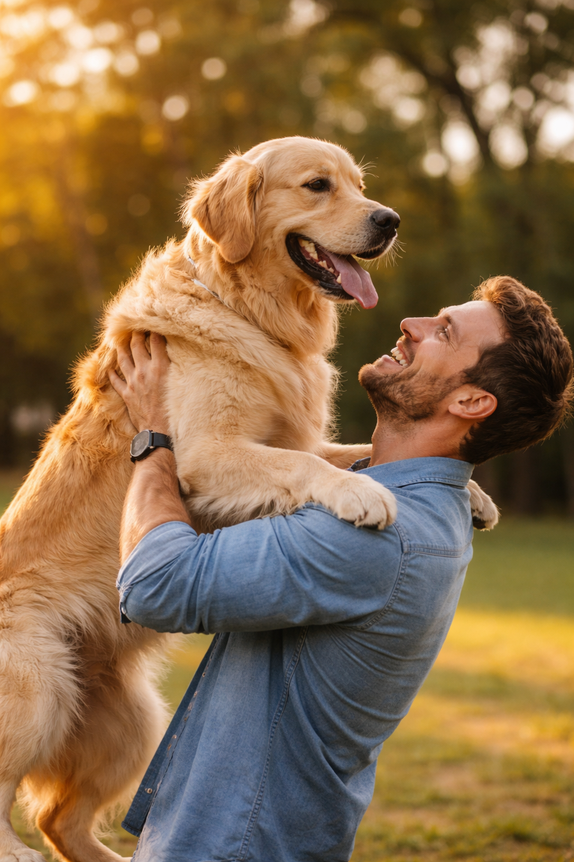Your One-Stop Shop for Everyday Essentials & Unique Finds
Stop the Tug-of-War: Secrets to a Relaxed Leash Experience
Stop the Tug-of-War: Secrets to a Relaxed Leash Experience
What is Loose Leash Walking and Why is It Important?
Loose leash walking isn't just about avoiding a sore arm; it's about building a better relationship with your dog and ensuring their safety and well-being. It means your dog is walking politely on a leash without pulling, lunging, or lagging behind. The leash should be slack, forming a U shape between you and your dog.
Why is it important? Because it makes walks more enjoyable for both of you. It prevents your dog from injuring themselves (or you!). Pulling on a leash can put excessive strain on your dog's neck and spine, and it can also lead to breathing difficulties. Furthermore, well-mannered dogs are welcome in more places! A dog who knows how to walk nicely on a leash can accompany you on errands, to outdoor cafes, and on hiking trails without causing a scene. Plus, mastering loose leash walking can improve your overall communication and bond with your dog, laying the foundation for successful training in other areas. If you can master the art of loose leash walking, why not teach you pup some cool tricks, checkout this article Mastering Dog Obedience Tricks: A Comprehensive Guide.
What are the Common Causes of Leash Pulling?
Understanding why your dog pulls is crucial to addressing the problem effectively. Here are some common culprits:
- Excitement and Enthusiasm: Dogs are naturally curious and eager to explore their surroundings. They want to sniff everything, chase squirrels, and greet other dogs.
- Faster Pace: Dogs naturally walk faster than humans, and they have a natural desire to move at a faster pace than we do on walks.
- Lack of Training: A dog who hasn't been taught how to walk politely on a leash simply doesn't know what's expected of them.
- Association of Leash with Fun: If the leash always means an exciting outing, your dog may get overly excited and pull in anticipation.
- Reinforcement: Ironically, pulling can be self-reinforcing. If your dog pulls toward something interesting and gets there, they've learned that pulling works.
What Equipment is Best for Loose Leash Walking Training?
Choosing the right equipment can make a significant difference in your training efforts. Here's a breakdown of the most popular options:
- Standard Leash (4-6 feet): This is a good starting point for most dogs. Avoid retractable leashes, as they encourage pulling.
-
Harnesses:
- Front-Clip Harness: These harnesses attach the leash to a ring on the dog's chest. When your dog pulls, the harness gently redirects them to the side, discouraging pulling.
- Back-Clip Harness: While comfortable, these harnesses can actually encourage pulling in some dogs, as they allow the dog to lean into the leash.
-
Collars:
- Flat Collar: A basic flat collar is suitable for dogs who are already well-trained on leash.
- Head Halter: Head halters (like the Gentle Leader) attach around the dog's muzzle and behind the ears, giving you more control over their head. They're effective for strong pullers, but require careful introduction and positive reinforcement.
- Slip Collars/Prong Collars: These collars are designed to tighten when the dog pulls. However, they can be easily misused and cause pain or injury. They should only be used under the guidance of a qualified professional dog trainer.
Important Considerations:
- Fit: Ensure any harness or collar fits properly to avoid discomfort or injury.
- Comfort: Choose materials that are comfortable for your dog to wear.
- Durability: Opt for high-quality, durable equipment that can withstand daily use.
How to Teach Your Dog Loose Leash Walking: Step-by-Step Guide
Ready to start your loose leash walking journey? Here's a proven method:
- Start Indoors: Practice in a low-distraction environment like your living room. Attach the leash to your dog's harness or collar.
- Check In Cue: Teach your dog to look at you on cue. Say their name or use a specific word like look and reward them with a treat when they make eye contact.
- Take a Step: With the leash loose, take one step forward. If your dog follows without pulling, reward them with praise and a treat.
- Gradually Increase Distance: Gradually increase the number of steps you take while maintaining a loose leash. Reward your dog frequently for staying by your side.
- Change Direction: Practice changing direction while walking. If your dog starts to pull, stop immediately. Use your check in cue to regain their attention, and then continue walking in the new direction.
- Move to a Quiet Outdoor Area: Once your dog is doing well indoors, move to a quiet outdoor area with minimal distractions. Repeat the steps above.
-
- Practice in Different Environments: Gradually introduce more challenging environments with more distractions. Remember to be patient and consistent. What are Some Common Training Mistakes and How to Avoid Them?
- Inconsistency: It's crucial to be consistent with your training. If you sometimes allow your dog to pull and sometimes correct them, they'll get confused.
- Using Punishment: Avoid using punishment-based methods like leash corrections or yelling. These methods can damage your relationship with your dog and make them fearful of walks.
- Moving Too Quickly: Don't try to progress too quickly. Make sure your dog has mastered each step before moving on to the next.
- Not Rewarding Frequently Enough: Reward your dog generously for good behavior, especially in the early stages of training.
- Ignoring Distractions: Failing to account for distractions can derail your training efforts. Start in low-distraction environments and gradually introduce more challenging situations.
How to Address Distractions During Loose Leash Walking Training
Distractions are inevitable during walks. Here's how to handle them:
- Increase Distance: If you see a distraction approaching, increase your distance from it.
- Use High-Value Treats: Keep high-value treats on hand to reward your dog for staying focused on you.
- Redirection: If your dog starts to fixate on a distraction, redirect their attention by using your check in cue or offering them a treat.
- Controlled Exposure: Gradually expose your dog to different types of distractions in a controlled manner. Start with low-level distractions and gradually increase the intensity.
How to Proof the Behavior in Different Environments
Once your dog is walking nicely on a loose leash in familiar environments, it's time to proof the behavior in different settings. This means practicing in a variety of locations with varying levels of distractions. Here are some tips:
- Start with Similar Environments: Gradually introduce new environments that are similar to the ones your dog is already comfortable in.
- Be Patient: Remember that your dog may need some time to adjust to new environments. Be patient and understanding.
- Increase the Challenge Gradually: As your dog becomes more confident, gradually increase the challenge by introducing more distractions. Check out this article How to Stop My Dog Being Aggressive When the Doorbell Goes: A Training Guide, which may help with outside stressors.
- Go Back to Basics: If your dog starts to struggle, go back to basics and review the fundamental training exercises.
What are the Benefits of Consistent Loose Leash Walking Practice?
Consistent loose leash walking practice offers numerous benefits for both you and your dog:
"Unlock the Key to Blissful Strolls: Benefits of Learning Improved Leash Manners for Enjoyable Walks Together"
- Improved Physical Health: Regular walks provide valuable exercise for both you and your dog. The focus is on your dog learning to listen and follow your directions and commands. Have questions on this topic, then read this article, Mastering Dog Disobedience Training: A Comprehensive Guide
- Enhanced Mental Stimulation: Walks provide opportunities for your dog to explore new sights, sounds, and smells, which can help to keep them mentally stimulated.
- Stronger Bond: Training and walking together strengthens the bond between you and your dog.
- Reduced Stress: A well-behaved dog is less likely to cause stress and anxiety for their owners.
- Safer Walks: Loose leash walking reduces the risk of accidents and injuries.
How to Troubleshoot Common Loose-Leash Walking Problems
Even with consistent training, you may encounter some challenges along the way. Here's how to troubleshoot common loose leash walking problems:
-
Dog Pulls When Excited:
- Practice impulse control exercises at home.
- Use a front-clip harness.
- Reward your dog for calm behavior.
-
Dog Lunges at Other Dogs:
- Increase distance from other dogs.
- Redirect your dog's attention with a high-value treat.
- Consider consulting with a professional trainer to address reactivity.
-
Dog Gets Distracted Easily:
- Use high-value treats.
- Practice in low-distraction environments.
- Keep training sessions short and frequent.
When to Seek Professional Help from a Dog Trainer or Behaviorist
While many dog owners can successfully teach their dogs loose leash walking on their own, there are times when it's beneficial to seek professional help. Consider consulting with a certified dog trainer or behaviorist if:
- You're struggling to make progress on your own.
- Your dog has severe behavioral issues like reactivity or aggression.
- You're feeling overwhelmed or frustrated with the training process.
A qualified professional can provide you with personalized guidance and support, helping you to achieve your loose leash walking goals.














Leave a comment